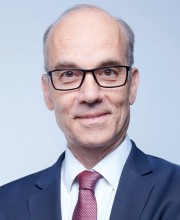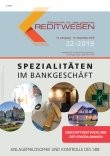Sie befinden sich hier: Home › Kreditwesen › Themenschwerpunkte › Aufsätze › The Single Resolution Fund as a safety net for the Banking Union
Aufsätze
15.11.2019
The Single Resolution Fund as a safety net for the Banking Union

Dr. Timo Löyttyniemi, Foto: Single Resolution Board

Dieser Artikel ist Teil unseres Online-Abo Angebots.